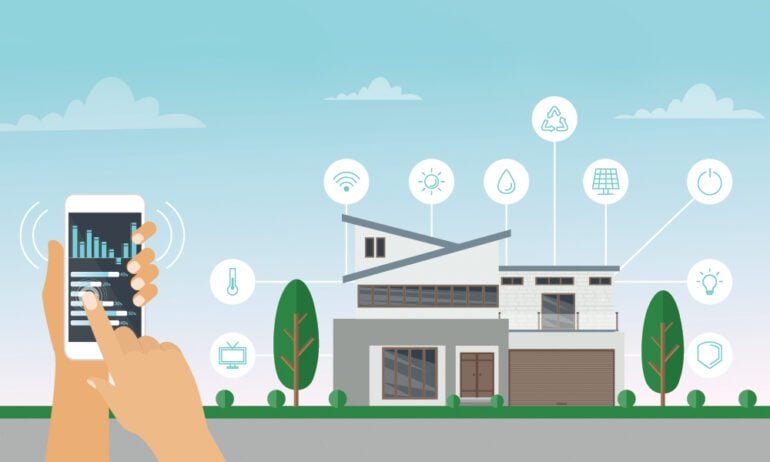Last year, residential electricity prices grew by 4.7%, the second-largest increase in over a decade, according to the US Energy Information Administration (EIA). Thankfully, smart home technology makes it easy to see how much energy you’re using and find ways to use energy more efficiently. Here’s how you can save money and energy by switching to a smart thermostat, smart lights, smart plugs, and other smart home devices.
How Much Energy Does the Average Home Use?
The average US household uses around 11,000 kilowatt-hours (kWh) of electricity per year, according to the EIA. That means Americans spend an average of $120 a month or $1,400 a year on energy bills, with roughly one-third of the cost going toward heating and cooling.
The biggest energy hogs in most homes come from space cooling, which makes up around 15-17% of the average energy bill, and space heating, which makes up another 14-15%. That doesn’t include water heaters, which also use around 12-14% of energy.

Back in 2015, the average home used 10% of energy on lighting, but the most recent data from the EIA shows it has gone down to only 4%. According to the government agency, this is due to nearly half of all households switching to LED (light-emitting diode) bulbs from 2015-2020.
Finally, all the other electronics in your home, like televisions, computers, fans, and microwaves, only use a fraction of your energy. But put together, they can end up using a lot of energy. Plus, many of these electronic devices will continue to use power even after you turn them off.
How Does a Smart Home Save Energy?
Smart home devices are connected to the internet, which allows you to control them from anywhere in the world with your smartphone. Using an app, you can also set up schedules to turn off your smart home devices when you’re away or sleeping to save even more energy.
- Geofencing
Many smart home devices can use your phone’s location to know when you’re home and when you’re away. With this technology, known as “geofencing,” your devices can automatically turn off when your phone is a few blocks away, and then they will turn on when you return home.
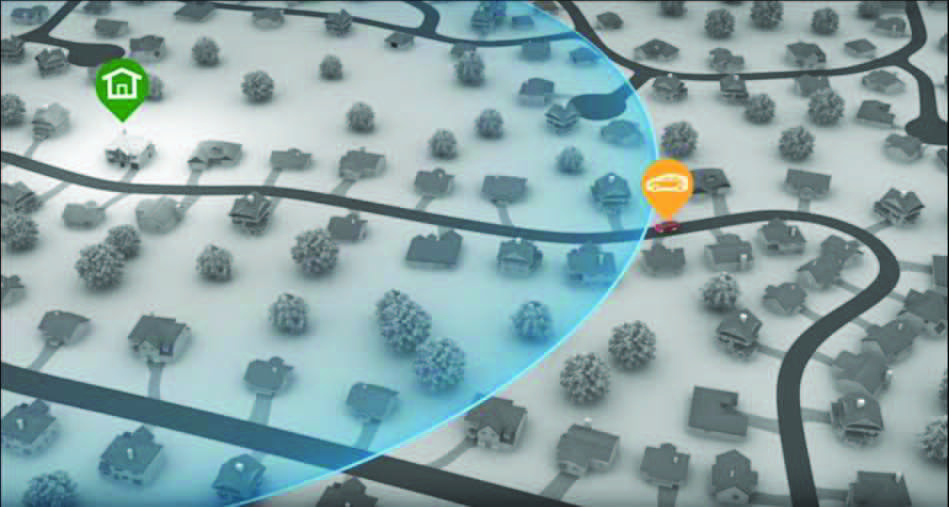
- Smart Routines
Smart devices make it easy to save energy with a feature called “routines.” This lets you turn off all your smart devices with a single voice command. For example, you can simply say, “Alexa, goodnight,” to turn off all your smart lights, your smart thermostat, your smart TV, and more.
Read More: How to set up routines on your Alexa devices
- Energy Dashboard
Some smart home devices will record exactly how much energy they are using, so you can see which devices are using the most power. With the energy dashboard in the companion app, you can also get tips on how to tweak your schedules to reduce your energy consumption even more.
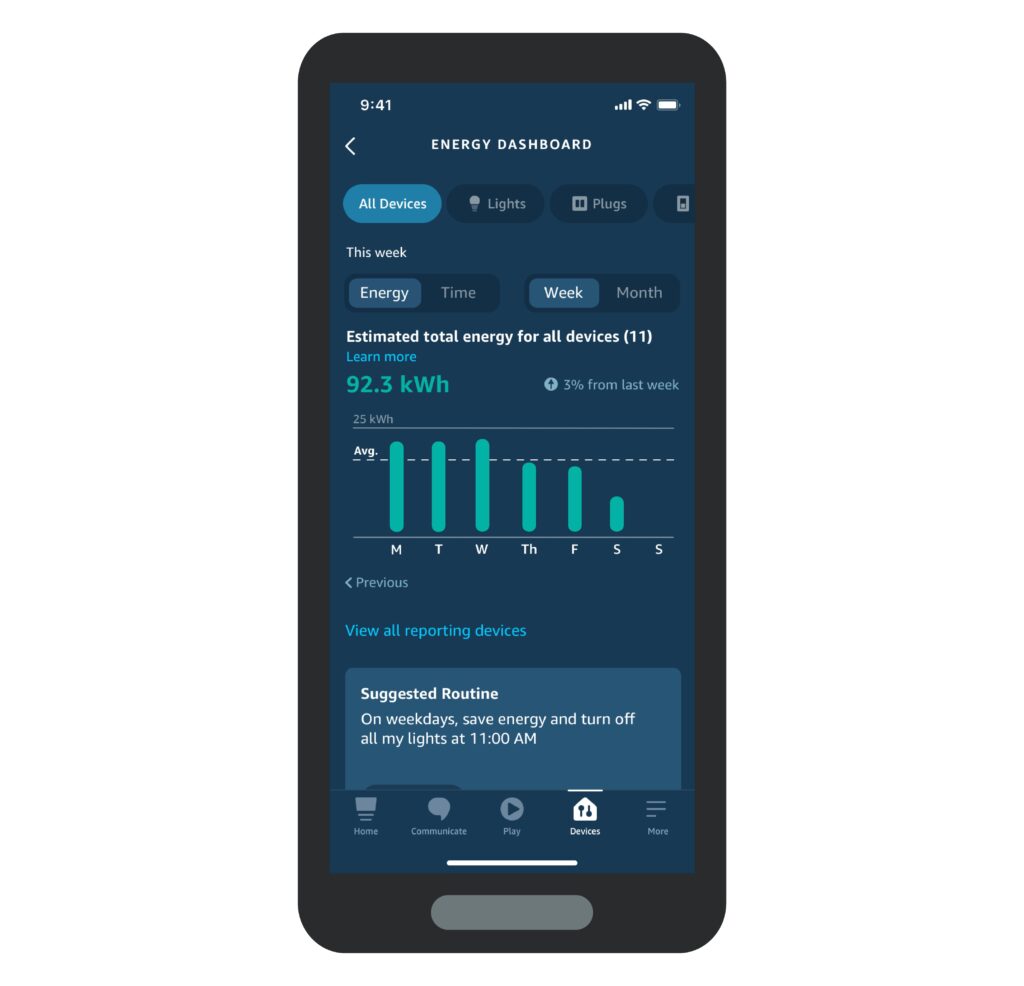
Since heating and cooling make up the largest portion of the average energy bills, it only makes sense that a smart thermostat will deliver the largest savings.
How Do Smart Thermostats Save Energy?
Smart thermostats are designed to reduce your energy consumption by automatically changing the temperature based on your schedule, preferences, and location. This way, you don’t waste energy by heating or cooling an empty home.
There are even some smart thermostats that connect to your local utility provider and automatically change the temperature or enter a “low-power standby mode” during peak hours – when energy costs are the highest in your area.
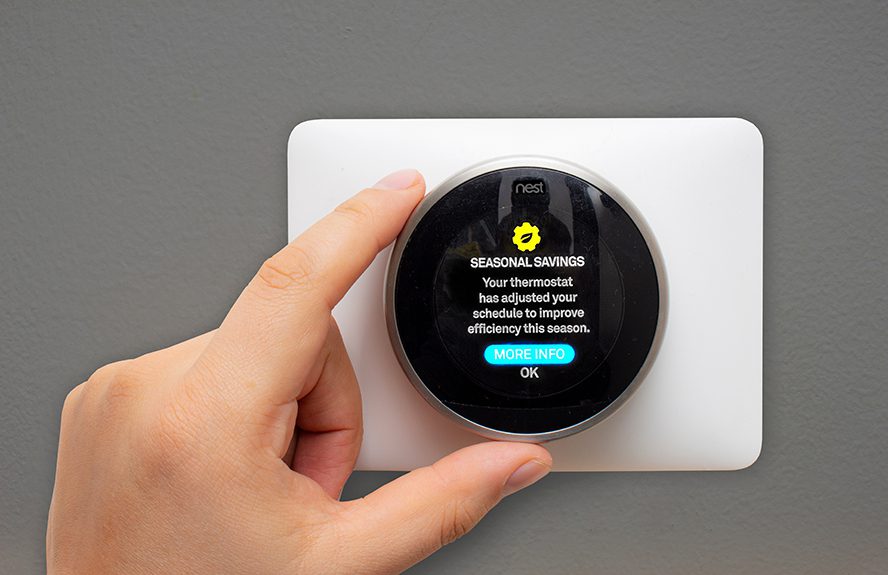
Some smart thermostats also come with sensors, which you can use to set the temperature in any room. This way, you don’t have to heat or cool your entire home just to make one room feel comfortable. This can help you save even more money on your energy bills, especially if you have a large home.
Finally, your utility company might offer a special rebate when you buy select smart thermostats, which can nearly pay for the device itself. To find out how much you could save with a rebate, enter your zip code into this page from Energy Star.
How Much Energy Can a Smart Thermostat Save?
According to Energy Star, the average household spends more than $900 a year on heating and cooling alone. By installing a smart thermostat, the government-backed program claims you can save up to $100 a year on energy bills, or around 11% of your heating and cooling costs.
However, Google claims that its smart thermostats can save you even more. According to an internal study, users who switched to the Nest Learning Thermostat saved 10-12% on heating and 15% on cooling, which the company estimates saved the average user $131 to $145 a year.
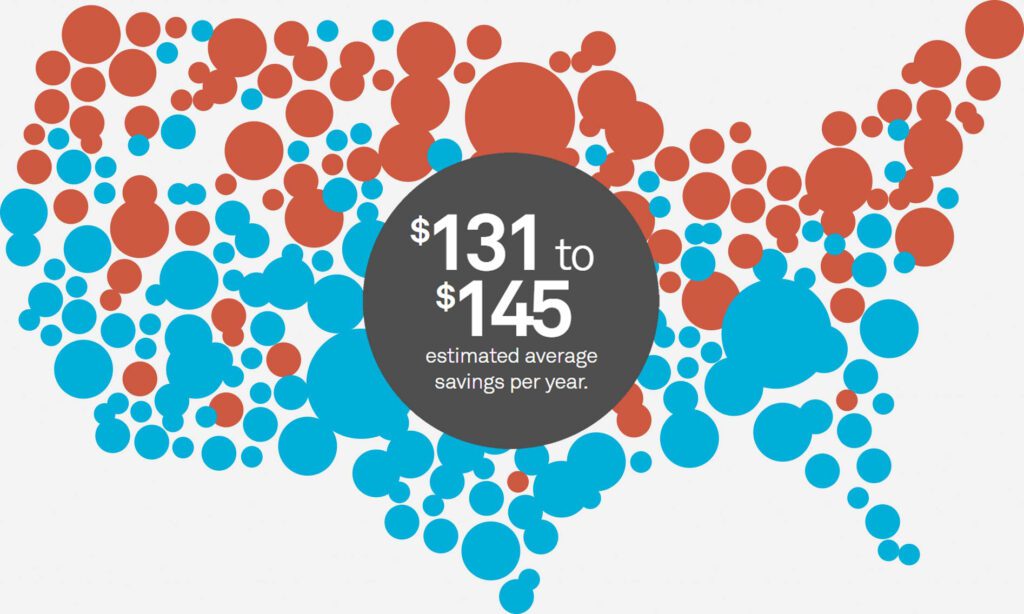
That means a smart thermostat will pay for itself in just two years, making it the absolute best smart home device you can buy to save money and energy. However, not all homes are compatible with a smart thermostat, and they can be complicated to set up yourself.
If you would rather have a professional install your smart thermostat for you, HelloTech has thousands of technicians around the country who can come to your home and set everything up for you as soon as today.
Read More: The best smart thermostats
How Do Smart Light Bulbs Save Energy?
With smart light bulbs, you can control your lights with voice commands or a smartphone app. To save energy, you can also create schedules for your smart lights to turn off when you’re away or use geofencing to make them automatically turn off when you leave home.
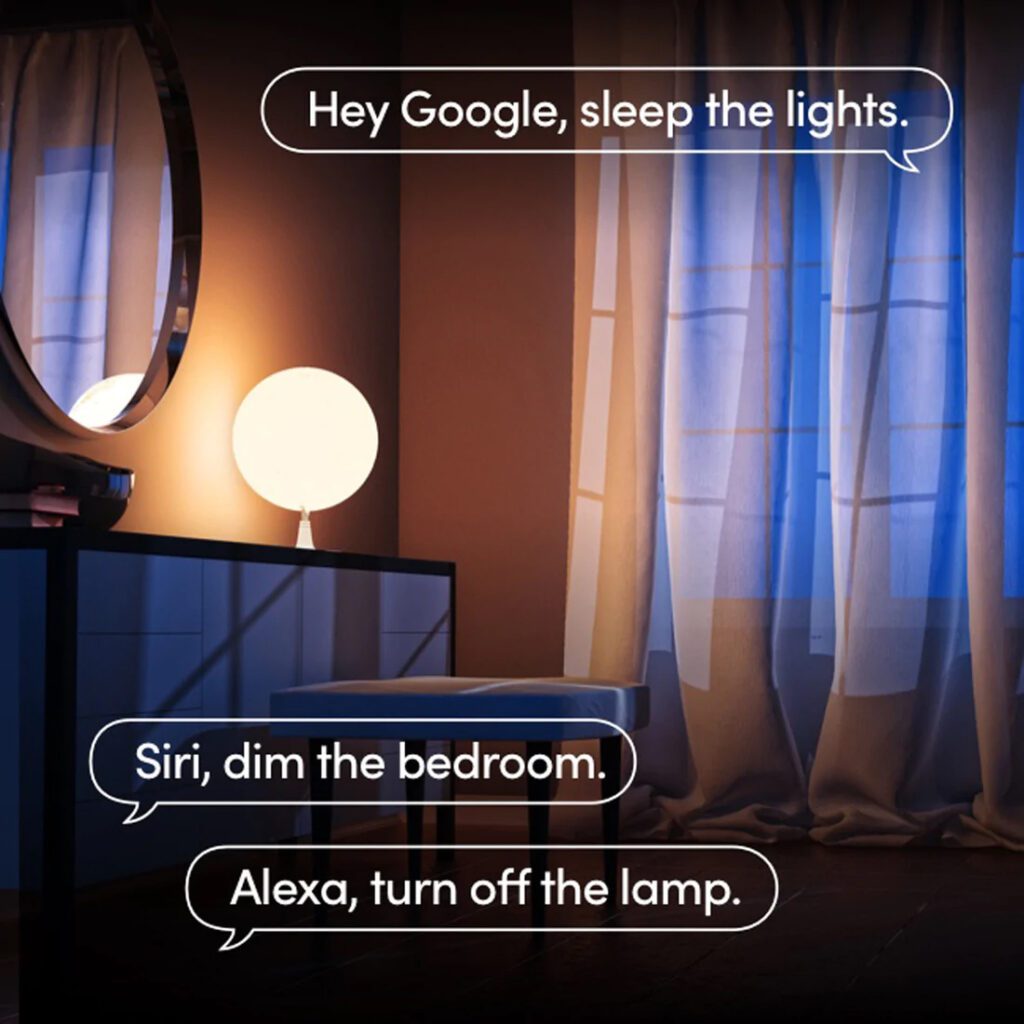
Additionally, smart lights produce around 70-90% less heat than traditional bulbs, which can further reduce the cost of cooling your home. Smart light bulbs are also rated to last 15 times longer than traditional filament bulbs, so you won’t have to replace them as often.
How Much Energy Do Smart Lights Save?
Smart light bulbs have LEDs, which use 90% less energy than traditional incandescent bulbs, according to Energy Star. That means each smart light bulb could save you up to $55 to $80 in energy costs and more than pay for itself over its lifetime.

Smart light bulbs work just like traditional light bulbs, and they will fit in regular light sockets. Plus, smart lights can get just as bright as traditional bulbs, with some models offering you millions of different colors and shades of white to choose from.
Read More: The best smart light bulbs for any smart home
How Do Smart Plugs Save Energy?
A smart plug lets you turn almost any electronic device into a smart device, allowing you to control it from your smartphone or with voice commands. Then you can also set up a schedule and automate your devices to turn off when you leave home to help you save energy.
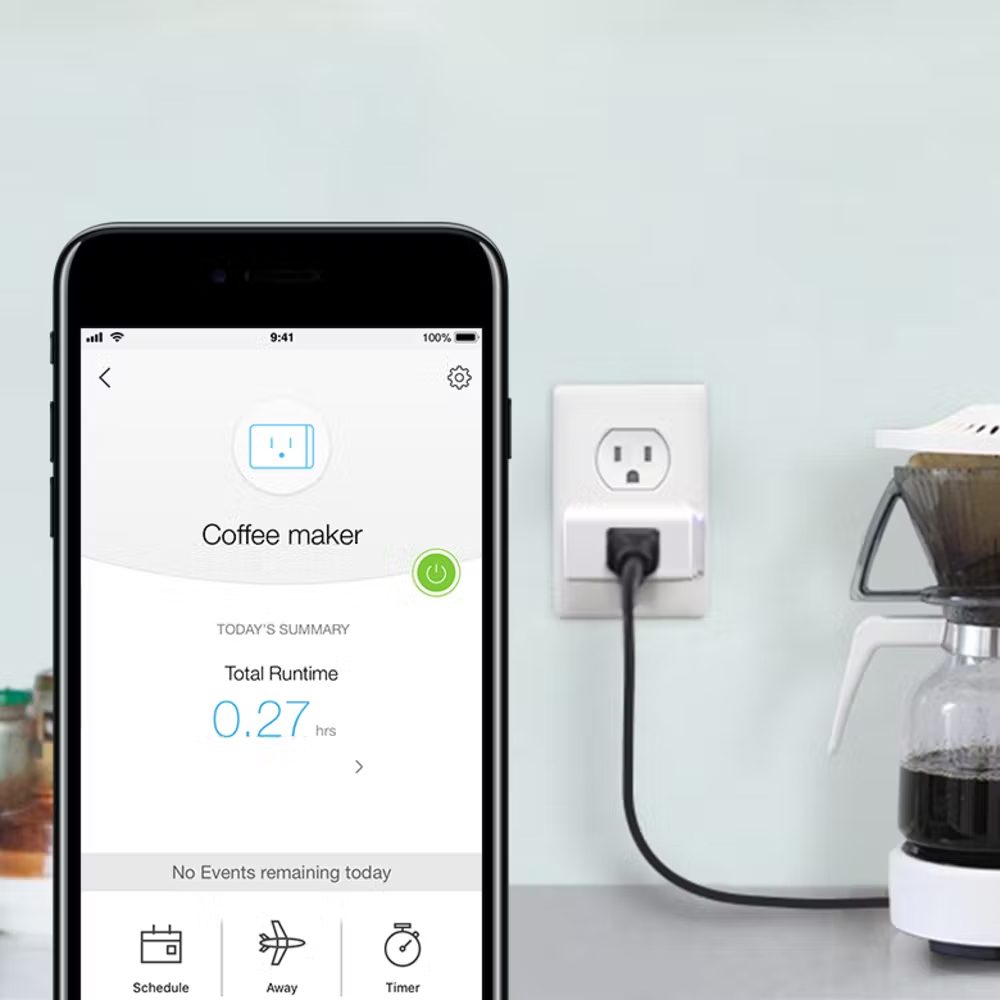
Smart plugs work with regular outlets, and you just need to plug an electronic device into your smart plug to start monitoring and controlling that device. However, most smart plugs don’t work with high-wattage devices, like ovens, air conditioners, clothes dryers, and other major appliances.
Read More: The best smart plugs for any smart home
How Much Energy Can a Smart Plug Save?
Around 75% of the energy used to power electronics is actually consumed when the devices are turned off, according to Energy Star. And the Energy Department says this “vampire energy” costs the average household $100 a year. Smart plugs use less power in standby mode to help you save energy.
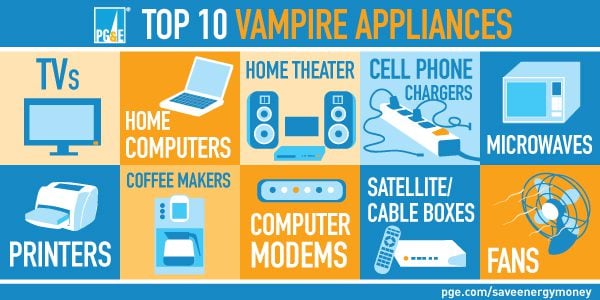
Tests conducted by Berkley Lab show that a laptop could use up to 50 watts (W) when turned off, while a DVR cable box will use more than 40W. On the other hand, Energy Star-certified smart plugs are limited to using a maximum of 1W of power in standby mode.
You will also see big savings when using a smart plug with your TVs, printers, humidifiers, air purifiers, lamps, microwaves, and other electronic devices.
Other Ways to Save Energy with a Smart Home
- Smart Air Conditioners
Since it requires a lot of energy to cool your home, it only makes sense that a smart air conditioner can save you a lot of money. By switching to an Energy Star-certified air conditioner, you can save $70 a year. However, LG claims that its smart air conditioners are 25% more energy-efficient than the Energy Star requirements.
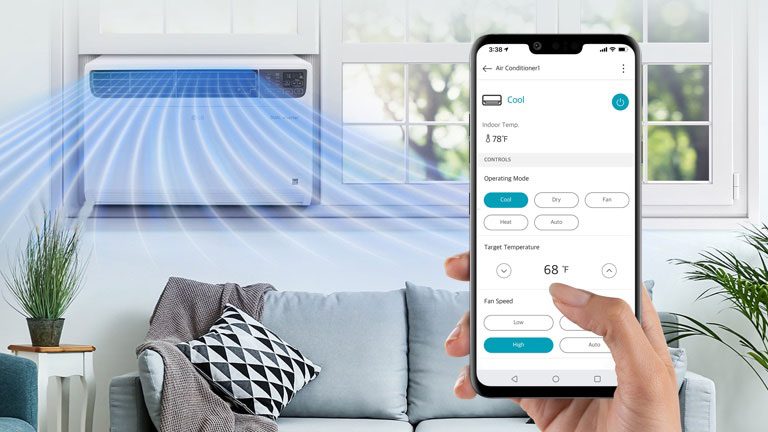
Just like many other smart devices, you can control most smart air conditioners using your smartphone or with voice commands. This means you can create schedules or use geofencing to turn your air conditioner off when you’re away to save more energy.
- Smart Refrigerators
A smart refrigerator will alert you when the door has been open for a long time, so you don’t waste energy or let your food go bad. Just by switching to an Energy Star-certified refrigerator, you can save more than $220 over the 12-year lifespan of the device.
- Smart Washers and Dryers
With a smart washer and dryer, you can schedule your laundry when electricity rates are lowest. With an Energy Star-certified washer, you will use 25% less energy and 33% less water, while switching to an Energy Star-certified dryer will save you an additional 20% energy compared to standard models.
- Smart Sensors
Smart home sensors can detect when a person enters or exits a room and automatically turn your smart devices on or off. This way, you don’t have to worry about setting up complex schedules or routines to save energy.
- Smart Blinds
Larger windows let in more sunlight, which means they will also warm up a room when the blinds are open. With smart blinds, you can set up a schedule to leave them open in the winter to warm up your home or close them in the summer to keep your home cool.
- Smart Sprinkler Controller
While smart home devices are typically designed to save you energy, a smart sprinkler system can also help you save water. These smart home devices prevent your lawn from being overwatered with precision targeting to reduce water waste when caring for your yard.
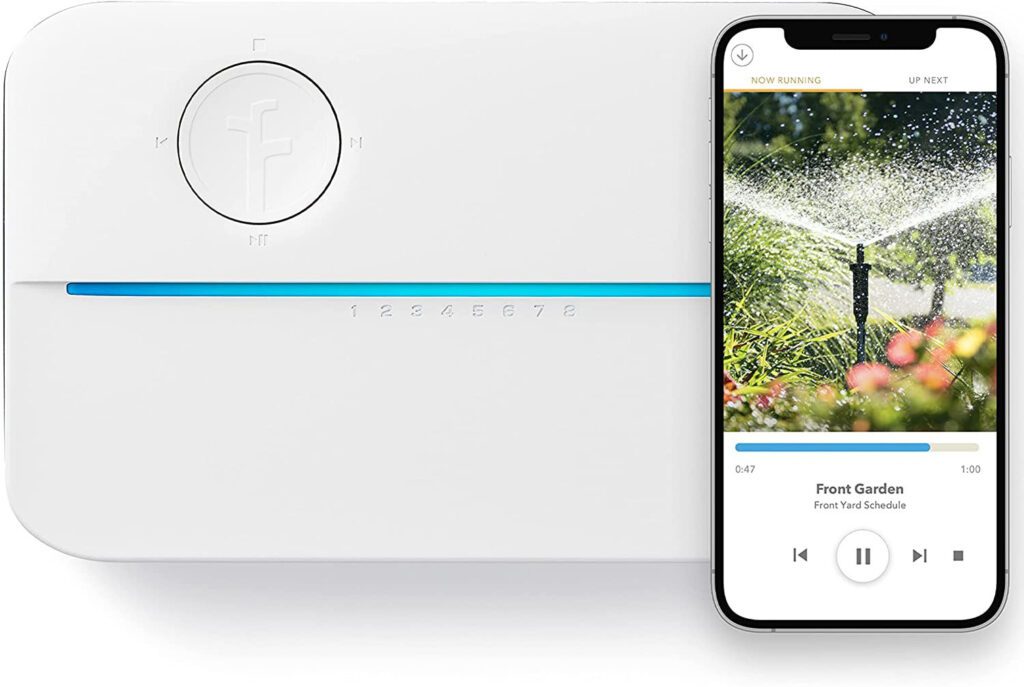
- Smart Leak Sensor.
Smart leak sensors are small devices that can be placed underneath pipes or behind toilets. When leaks occur, the sensors will then send you a notification, so you can tend to the problem immediately instead of seeing a higher than usual water bill.
Read More: The best smart home devices for beginners
